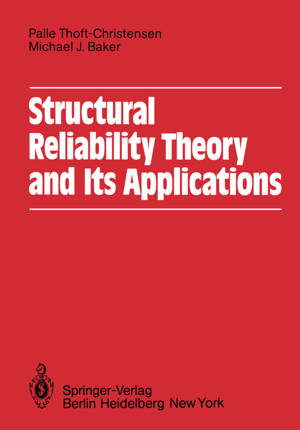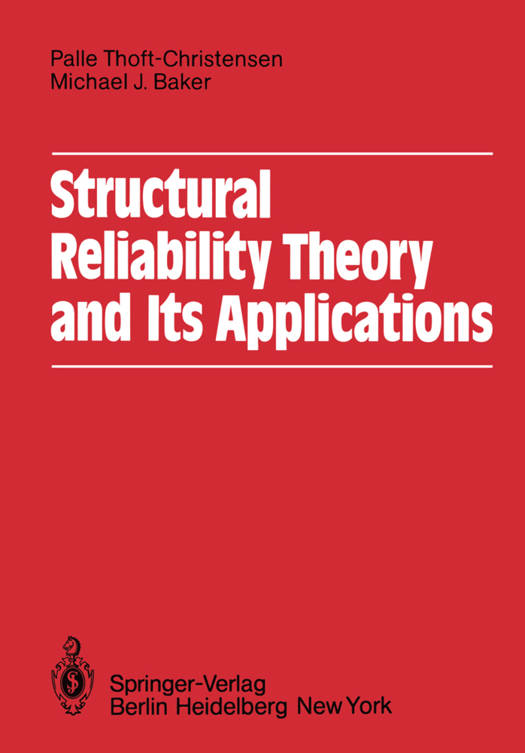
- Afhalen na 1 uur in een winkel met voorraad
- Gratis thuislevering in België vanaf € 30
- Ruim aanbod met 7 miljoen producten
- Afhalen na 1 uur in een winkel met voorraad
- Gratis thuislevering in België vanaf € 30
- Ruim aanbod met 7 miljoen producten
Zoeken
€ 89,95
+ 179 punten
Omschrijving
Structural reliability theory is concerned with the rational treatment of uncertainties in struc- tural engineering and with the methods for assessing the safety and serviceability of civil en- gineering and other structures. It is a subject which has grown rapidly during the last decade and has evolved from being a topic for academic research to a set of well-developed or develop- ing methodologies with a wide range of practical applications. Uncertainties exist in most areas of civil and structural engineeri'1.g and rational design decisions cannot be made without modelling them and taking them into account. Many structural en- gineers are shielded from having to think about such problems, at least when designing simple structures, because of the prescriptive and essentially deterministic nature of most codes of practice. This is an undesirable situation. Most loads and other structural design parameters are rarely known with certainty and should be regarded as random variables or stochastic processes, even if in design calculations they are eventually treated as deterministic. Some problems such as the analysis of load combinations cannot even be formulated without recourse to probabilistic reasoning.
Specificaties
Betrokkenen
- Auteur(s):
- Uitgeverij:
Inhoud
- Aantal bladzijden:
- 268
- Taal:
- Engels
Eigenschappen
- Productcode (EAN):
- 9783642686993
- Verschijningsdatum:
- 10/12/2011
- Uitvoering:
- Paperback
- Formaat:
- Trade paperback (VS)
- Afmetingen:
- 170 mm x 244 mm
- Gewicht:
- 453 g

Alleen bij Standaard Boekhandel
+ 179 punten op je klantenkaart van Standaard Boekhandel
Beoordelingen
We publiceren alleen reviews die voldoen aan de voorwaarden voor reviews. Bekijk onze voorwaarden voor reviews.











